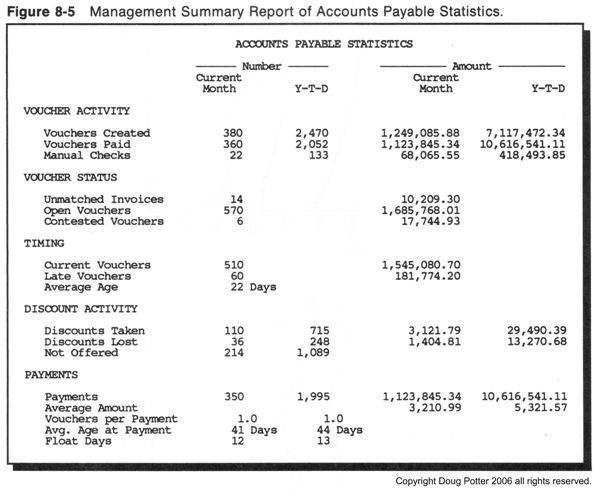
One way to achieve this is to perform a lag analysis.Ī. It may be preferable to estimate the amount of accrued expenses by taking into account existing data, trends, and historical information. actuarial calculated liabilities – incurred but not reported self-insurance claims ī) Lag Analysis. Examples may include, but are not limited to:ī. Certain accruals are separately calculated and reported from accounts payable and accrued liabilities. taxes – may include unrelated business income taxes, real property. insurance, based upon the portion of the policy year until payment is made construction in progress, including retainage payable (see UTS142.4) į. other employee benefits including employee deferrals (savings and investment plans), retirement plans, post-retirement benefits and other costs ĭ. related fringe benefits and payroll taxes Ĭ. salaries, including faculty salary accrual ī. Specific accruals may include, but not be limited to:Ī. Items to Consider for Specific Identification. Accrued expenses are also used to account for identified obligations that can only be estimated (e.g. All known obligations incurred, but not paid prior to year-end, in excess of that minimum shall be accrued.Ĭ. In no event should that minimum exceed a materiality level for that institution.ī.
Standard accounts payable policies professional#
The amount is determined by professional judgment and experience with the institution's accrued expenses.

Each institution should establish a minimum whereby amounts in excess of that minimum will be accrued. The methodology, source of information, computations, records of discussion, and assumptions should be documented and maintained for future reference, oversight, or audits.Ī. The methods used to arrive at the best estimate should be used consistently and based on supportable documentation. The methods for determining the amount of expenses to accrue include specific identification, the use of a lag analysis, or a combination of both. Any debit balances should be examined and resolved.Ĭ) In a decentralized environment, the possibility of unrecorded liabilities may be more significant than in a centralized environment and may warrant a procedure for formal inquiry of department heads, supervisors, and others regarding knowledge of unprocessed invoices, unrecorded commitments, or contingent liabilities.ħ.2 Methods for Determining the Amount to Accrue. If not, the accounts should still be reconciled and the detail reviewed. In general, the sooner the accounts are closed after year-end, the greater the likelihood that there will be unrecorded invoices.ī) Other controls include reconciling the accrued expense accounts to the subsidiary ledger if the accounting system facilitates the use of subsidiary ledgers. Procedures should be in place to assure that expenses are recorded in the appropriate period. 7 Guidelines for Accrued ExpendituresĪ) Cutoff procedures are intended to ascertain that all transactions have been recorded in the proper period. Procedures should be in place to capture these liabilities when a Statement of Net Assets or Balance Sheet is prepared.1 Sec. When goods or services are received, a liability should be recorded, unless cash is immediately paid. GASB Statement 34 requires that institutions that report as Business Type Activities (BTAs) follow accrual accounting. Governmental Accounting Standards Board (GASB) Statement 35 amends GASB Statement 34 to include public colleges and universities within the scope of that statement. 5 EncumbrancesĮncumbrances should not be included with expenses, and liabilities are not to be reported since the amounts are not yet owed under the accrual basis. A combination of the two alternatives may be advantageous if the institution can specifically identify and reasonably estimate some accrued expenses, particularly those that are large and recurring. The lag analysis is useful for capturing normal expenses that do not vary significantly from period to period. A general process for accruing invoices may include keeping the payable cycle open for a longer period, setting a scope for estimating accruals, or other means for estimating accruals. There are two alternatives for accruing expenses: implementing a general process for accruing invoices through a certain date or performing an analysis of historical data to estimate accruals (lag analysis). The accrual basis recognizes expenses in the accounting period in which those transactions, events, or circumstances occur (goods or services are received) and become measurable. The accrual basis of accounting should be utilized in measuring financial position and operating results. This document is intended to provide consistency in compliance as it relates to recording and reporting accounts payable and accrued expenses.

This accounting policy documents authoritative literature for the accounting treatment of accounts payable and accrued expenses.


 0 kommentar(er)
0 kommentar(er)
